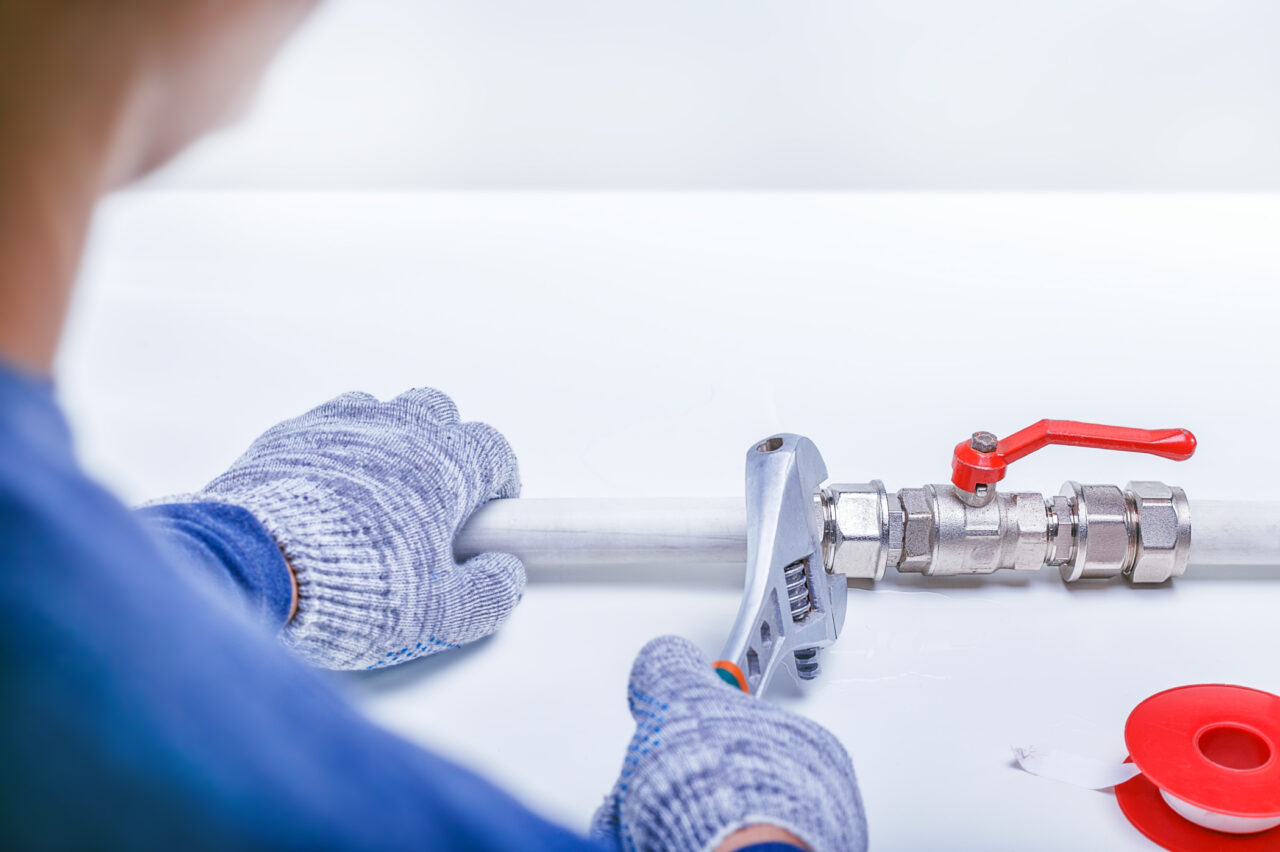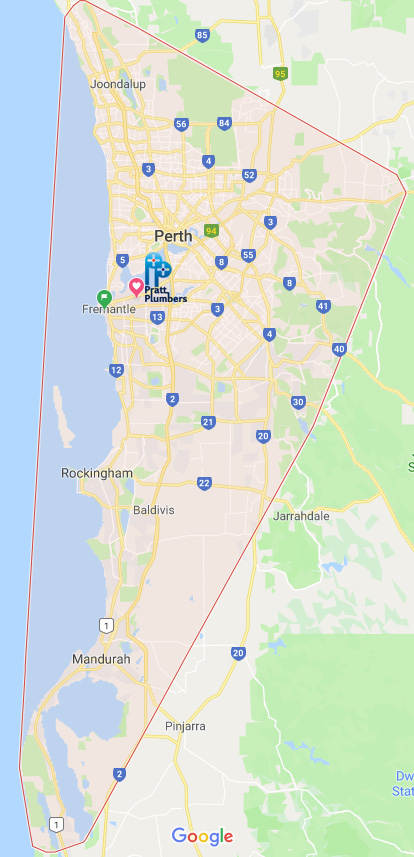Doesn’t the water drain off the sink or shower as fast as usual? Your drain may have a clog or blocked drains that causes water to pool and not drain properly. Hair buildup, most of the time, is a common cause of sink and shower clogs.
Fortunately, unlike other more severe clogs, hair clogs are much easier to care for, and you can often fix them yourself with items you already have around the house.
Here are five super effective ways to unclog a clogged shower or sink drain.
Plumber’s wire or snake hanger
The simplest method is usually the most effective – grab the hair lock and pull it out! If the clog is not too low in the pipe, you may be able to reach it with a simple plumber’s snake or drain rod. This long, flexible pole with a small claw on end is a valuable tool that every homeowner can have for such an occasion.
Insert the tool down the drain until it hits the clog, grab it and pull it out. If you don’t have any of these tools on hand, you can often accomplish the same task using a modified wire hanger. The average wire hanger turns into a hook that can serve the same purpose as the snake or claw.
Boiling water
The accumulation of soap and grease that coats the inside of the pipes and clings to the hair is one of the most common reasons that hair gets trapped in the drain in the first place and builds up more and more until it becomes clogged. Removing that sticky buildup can often remove a clog from your hair, and an easy way is with boiling water.
Just boil water in a pot on your stove and pour it down the drain. Boiling water breaks down grease and soap, loosening hair and allowing it to drain down the drain. Just be sure to use a funnel to direct it down the drain to spill or burn.
Vacuum cleaner
If the hair clog is not too far from the drain and the grease and soap buildup is not that severe, there is a chance you can suck up the hair clog with a vacuum. For best results, make sure the drain is uncovered and as dry as possible.
Drain pipes are more significant than supply pipes. The sinks have a 32 mm drain tube; showers, washing machines, sinks and bathtubs; a 40 mm pipe; and toilets a 110mm pipe (the same size as a modern soil sink).
Another critical difference is that the drain pipes must slope downward at a speed of at least 20mm per meter to ensure that the water flows freely. In the past, they were made of lead, but modern systems are only made of plastic. Depending on the type of plastic used, the pipes can be joined by simple push-fit connectors containing rubber ring seals, by compression-type connectors with rubber ‘olives’, or by solvent welding, using specially formulated solvent cement that softens the plastic. And dries to form a strong, tight bond.
Cut, join and fix drain pipes.
Cut plastic drain pipes with a hacksaw, then remove burrs inside and out with a half-round file before fixing. Solvent weld fittings are flawless yet permanent, so while ideal on visible pipes, it is best to use compression fittings under and behind sinks so they can be taken apart again for cleaning and unblocking. When running pipes along with an interior or exterior wall, it’s a good idea to hold them in place with drain pipe clips, which you can get in many different colours and sizes. Use wall plugs and screws to attach clips to a masonry wall or hollow wall fasteners in drywall. Be sure to check for hidden pipes and cables before drilling.
Using a nozzle attachment, plug the top of the drain and use the highest setting to suck up the contents. Considering that the clog may be further down the pipe, this may be one of the least effective methods, but it can help remove the debris left over after applying one of these other methods.
Soda and vinegar
The combination of baking soda and vinegar is a simple, environmentally friendly and safer solution that acts similar to chemical drain cleaners. One cup baking soda, poured down the drain, followed by a cup of vinegar, to create an acidic chemical reaction that will disinfect your drains and dissolve hair clogs. Follow with a stream of hot water about an hour later to check for clogging.
Unlike chemical cleaners, this combination will not come at the price of causing potential damage to your plumbing. We cannot recommend highly enough that you avoid the use of chemical drain cleaners!




